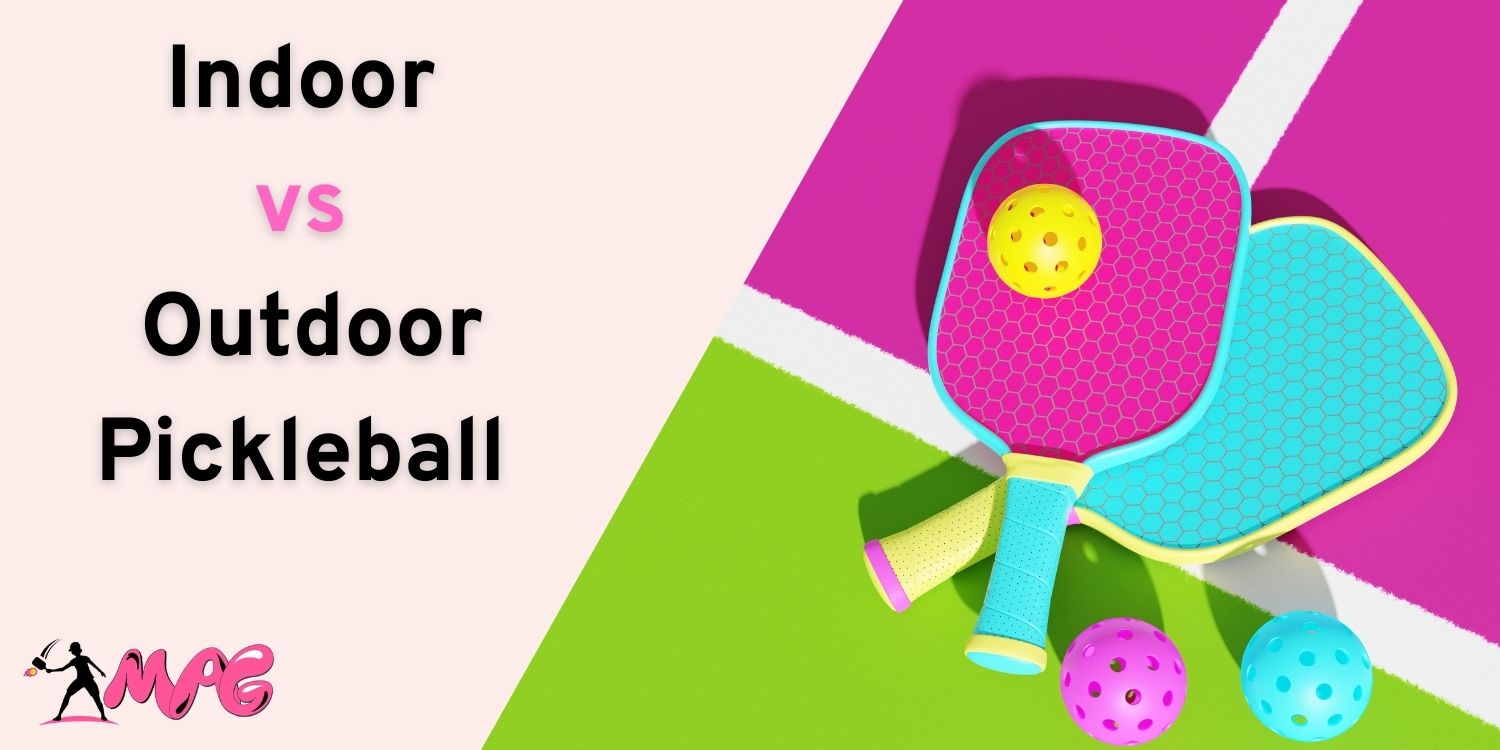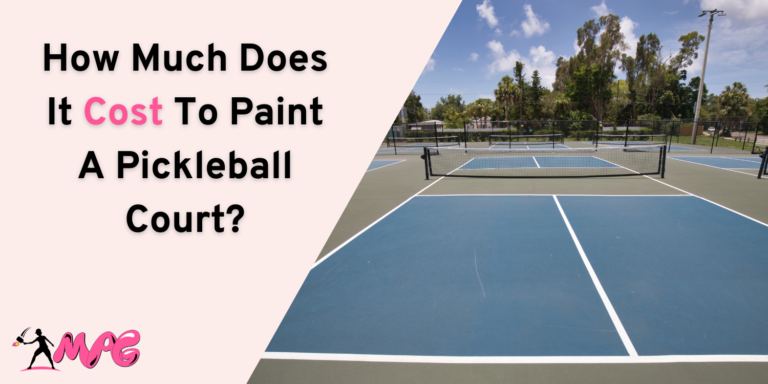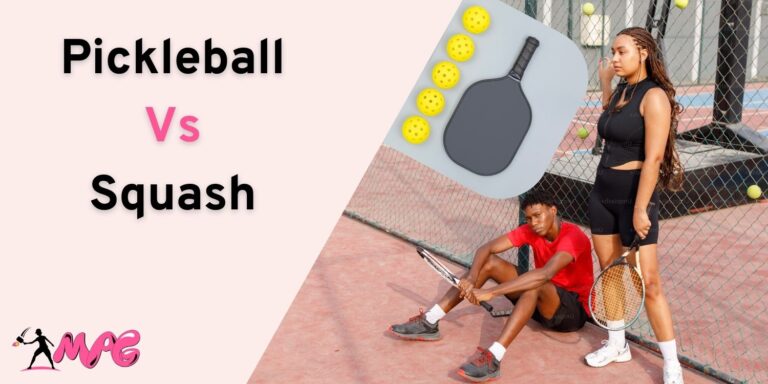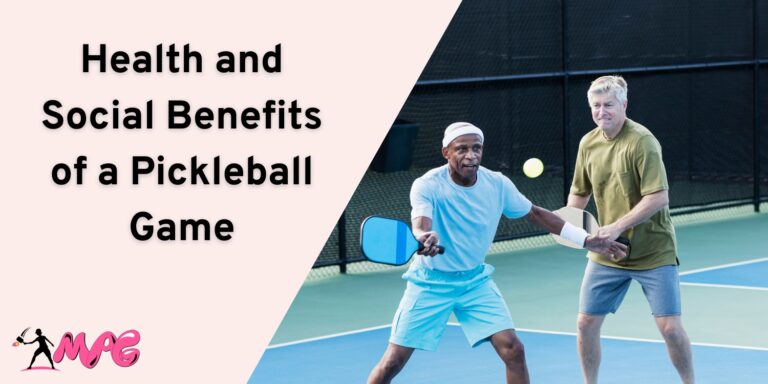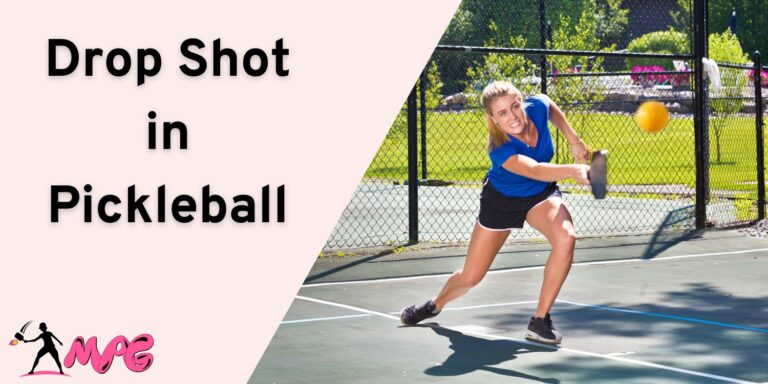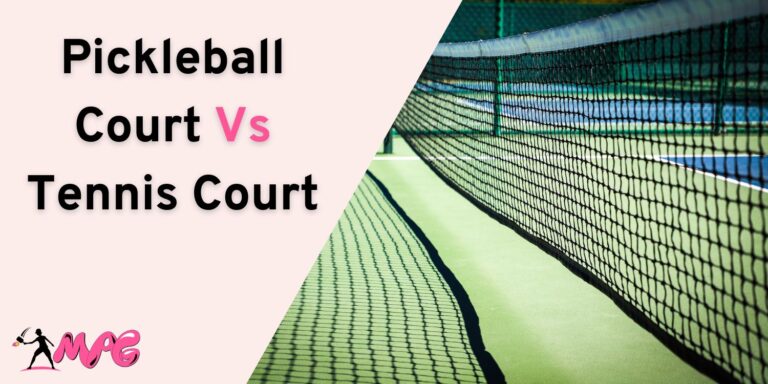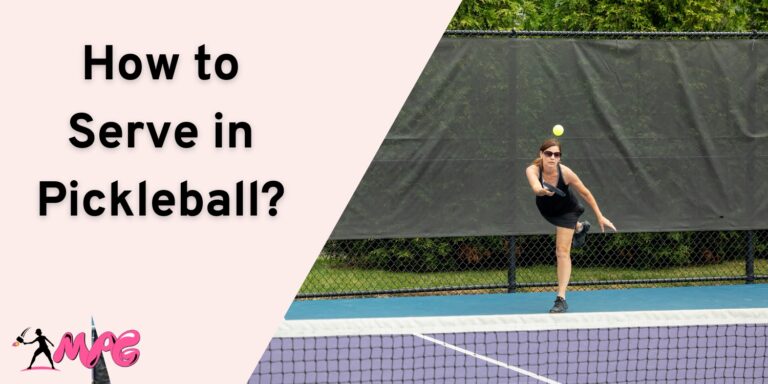Indoor vs Outdoor Pickleball – Which One I Recommend?
Known to be flexible beyond belief, Pickleball is a sport that not only inherits rules, policies, and playstyle from other renowned sports but also caters to everyone equally regardless of age.
In other words, there is no discrimination involved so you can have the best time of your life when enjoying this highly addictive sport, whether it’s indoors or outdoors.
However, there is no denying the fact that indoor vs Outdoor Pickleball presents a day and night difference which is crucial for those players who want to attain maximum levels of compatibility with this sport or simply are training for competitive leagues that happen to be played in Numerous settings.
Key Differences Between Outdoor Pickleball Vs Indoor
Let’s have a look at some of the differences between indoor vs Outdoor Pickleball,
1. Ambient Lightning
While indoor pickleball is played in a completely controlled setting with fixed internal lightning which provides constant visibility throughout the game, outdoor pickleball is a completely different beast.
There is a higher possibility the court you are playing doesn’t even have any sort of support or flood lights so in other words you have to rely on natural light which might not be constant at all times.
On the flip side, even if your court does have support lights, the light propagation won’t be enough or as effective when compared to indoor lighting since indoor pickleball is played in controlled settings.
2. Weather discrepancies
As mentioned above, outdoor pickleball is a completely different beast, there are plenty of external stimuli affecting the game such as wind which directly impacts the trajectory of the ball.
Meanwhile, there are other things you need to take into account as outdoor pickleball lets you experience the temperature of the weather directly such as humidity, winds of winter, or direct scorching sunlight.
On the flip side, most private indoor courts are pretty much air-conditioned or air-regulated to provide a uniform temperature throughout the session.
3. Sound Output
Sound is much more easily propagated due to the free movement of waves of noise when playing outdoors even if you have your court fenced, this makes it more likely to become a nuisance for those individuals who want to release stress while playing a session in peace.
Indoor pickleball is often played in a controlled environment with muffled walls which keeps the noise threshold to a bare minimum.
4. Court Type
The court surface material is also explicitly different, indoor pickleball is played on the wooden surface which is either painted or polished, requiring sports shoes with enhanced grip underneath since polished wood is quite slippery.
Outdoor courts are made from asphalt or concrete which is then painted with acrylic or epoxy paint They aren’t slippery due to their rigid nature as latex compound is present in them.
5. Ball type
The biggest difference between indoor vs outdoor pickleball however is in its ball type. The ball used in outdoor scenarios is rigid and is made from tough plastic with 40 small holes which isn’t as malleable since it has to withstand outdoor weather and wind resistance.
On the other hand, indoor pickleball has 26 larger holes in it since it isn’t made to withstand wind resistance and has a slightly better trajectory ratio.
In indoor pickleball, the ball’s 26-hole diameter is 0.43 inches, meanwhile, in comparison to outdoor pickleball, the holes shrink down to a mere 0.282 inches.
The size of the whole is intentional since it allows the ball to have much more integrity and flexibility when hit in the air.
Bottom Line
Regardless of the settings you’re playing Pickleball in, knowing the intricacies especially if you indulge in a competitive league is essential because the environment dynamics might not be the same every time, henceforth, I would highly advise you to adapt to the differences between Indoor vs Outdoor Pickleball.
These elemental dynamics include but aren’t limited to temperature, court surface where you will be maneuvering, ambiance settings, air humidity, and rigidness that affects the trajectory of the ball.
Nevertheless, feel free to comment below if you have any queries in your mind I would be much obliged to sort you out. Thank you for stopping by have a lovely day.

